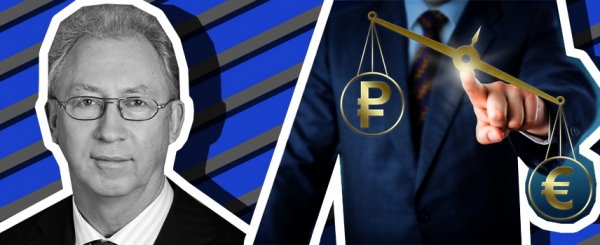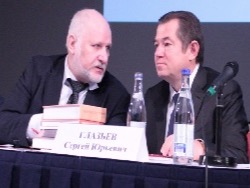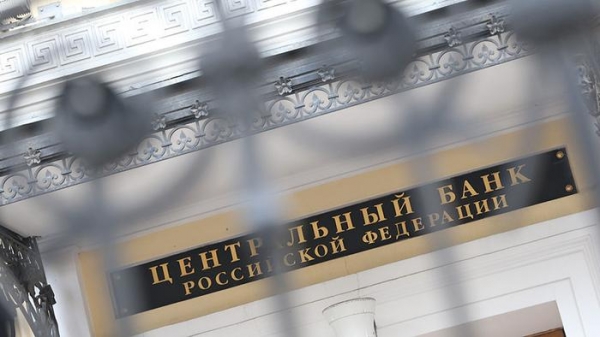Whether it is necessary to spend reserves for rouble
Oleg Vyugin
Chairman of the Board of Directors of MDM Bank

In recent days, the ruble strengthened the most since December 2015. Before that in 2016 he beat historical records fall. The main thing that complaining about the business, — not even the ruble, and its sharp fluctuations. Should the Bank of Russia actively spend reserves to smooth this volatility and create a more predictable situation on the currency market?
In principle, as a variant, it is possible. But it is not that the Central Bank maintained an artificial exchange rate of the ruble against the reserves. Buying and selling currencies, the Bank of Russia may significantly affect the volatility of the exchange rate. So the regulator and behaved until recently when I was using the currency corridor.
In recent years, the corridor did not involve the spending of reserves to support the course. Reserves then fell, the corridor did not give the ruble too much to walk up and down. When the ruble strengthened too much to fundamental levels, the Central Bank bought currency. On the contrary, when the rate had gone down, the Central Bank sold the currency. But this is a step backwards, back to where we were, and the abandonment of inflation targeting through interest rates. There are both pros and cons.
Plus the fact that a more stable ruble, reduced transaction costs for business that is not engaged in currency speculation and is forced to buy or sell (import-export). The choice is made in favor to try to manage interest rates, but to do it with yet. Because the ruble’s exchange rate remains the anchor for the Russian economy. But the Central Bank would like to anchor for the economy was interest rate. To all looking every morning on her and not on the ruble. Still does not work.
Our economy remains very open, despite the fall in oil prices. Dependence on export and import flows are very strong, so the economy continues to focus on this indicator. In addition, failed to achieve a principal reduction of inflation.
In a world of many open economies that have a high share of foreign trade in GDP and low inflation. There is possible to implement a policy targeting low inflation, so banks and businesses are more focused on the cost of borrowed funds and not on the rate of the national currency. However, high inflation prevents this, because there are attempts to go into foreign currency to preserve purchasing power.
I have little hope that this year inflation will not exceed 10%, that is not two-digit as in previous years. It will slow down because of all the shocks that could be implemented. Although the structure of the Russian economy is very unfavorable for such tasks set by the Central Bank. We have dominated the sector, operating with foreign trade flows, and thus relies on the currency. At the same time, other sectors, say engineering, is focused purely on orders from the budget. In this structure, the economy is difficult to achieve low inflation and effective interest rates.
So we will continue to live in conditions of volatile ruble exchange rate, and takes getting used to. Unfortunately, in our economy very few opportunities to hedge the exchange rate and at such a high volatility it is very expensive. For the real business volatility is transaction costs, and for individuals who buy imported goods. Banks, financial institutions manage their balance, they also have some disadvantages.
It is clear that at current oil prices the reserves to maintain the stability of the ruble have not so much. Besides, it would be artificial stability. The Central Bank as the holder of reserves can be a major player in the market and to counter the volatility of their operations. Was known the story of the collapse of the ruble in December 2014. Then the monetary authorities not to use the power of the Central Bank, has asked exporters to sell foreign currency to prevent sharp fluctuations of the ruble. This role could be played by the Central Bank to counter volatility.
It is difficult, but it is one of the options monetary policy. And just spend the reserves for the artificial strengthening of the ruble is not.
The opinion of the author may not coincide with ideas of editorial








